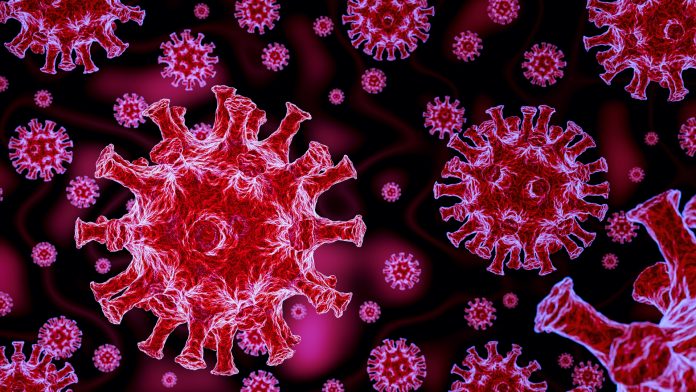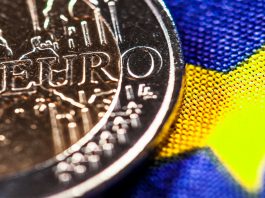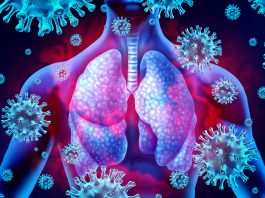Scientists at Nanyang Technological University (NTU) have successfully improved the speed, handling time, and cost of COVID-19 laboratory tests.
This new approach could result in the wider adoption of COVID-19 laboratory testing for diagnosis and enable COVID-19 screening and research in countries and regions with limited laboratory capabilities. The test, which can be done with portable equipment, can be deployed in the community as a screening tool.
Currently, the most accurate COVID-19 laboratory test is a technique called polymerase chain reaction (PCR), in which a machine amplifies viral genetic material by copying it repeatedly so any trace of the SARS-CoV-2 virus can be detected. This method is laborious process that requires chemicals that are now in short supply worldwide. At present, automated equipment for sample preparation is expensive and requires specialised laboratory facilities.
Mr Wee Soon Keong, a PhD candidate at NTU LKCMedicine and the first author of the paper, said: “While polymerase chain reaction (PCR) is a venerable technology that has proven to be a workhorse for biological research, it has some drawbacks when used outside of the laboratory environment. The process is fiddly and time-consuming. Our rapid COVID-19 test involves a single-tube reaction that reduces hands-on time and biosafety risk for lab personnel, as well as the likelihood for carryover contamination during the processing of samples.”
Reducing the cost of laboratory tests
The method developed at NTU allows direct testing on the crude patient sample, cutting down the turnaround time from sample-to-result, and removing the need for RNA purification chemicals. The findings of this study have been published in the journal Genes, where the research team suggest their new COVID-19 laboratory test can also be used to detect other viruses and bacteria, including the dengue virus, which is set to plague Singapore as the country braces itself for one of the worst dengue outbreaks amid the COVID-19 pandemic.
Typically, in PCR tests, the genetic material on a swab sample collected from a patient must be extracted to remove any substances in the sample that prevent the PCR test from working. The NTU test uses ‘direct PCR’, removing the need for RNA purification. Instead, they added inhibitor-resistant enzymes and reagents targeting compounds that obstruct RNA amplification. These enzymes and reagents, which are commercially available, have high resistance to such compounds that otherwise inhibit PCR, rendering the test inaccurate.
“By skipping the RNA extraction step with our direct-PCR method, we see cost savings on nucleic acid extraction kits, and avoid the problem of reagents in short supply when lab testing is ramped up and the demand increases globally,” said Dr Sivalingam.









